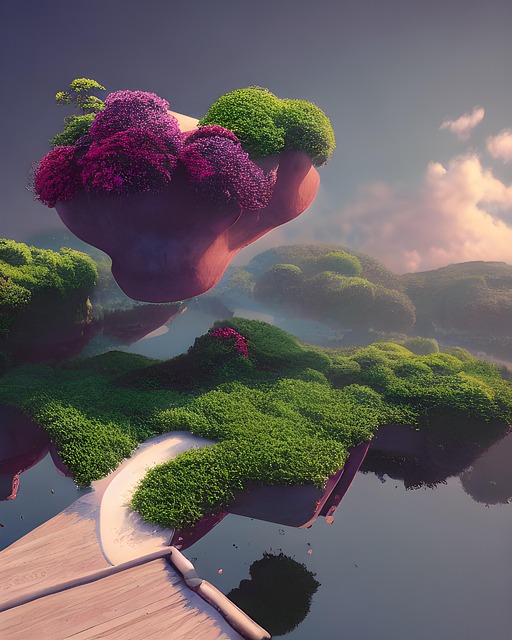Section 1: The Evolution of Art and Technology
Art has always been a reflection of the society in which it is created. From the earliest cave paintings to the Renaissance masterpieces, art has been a medium for expressing ideas, emotions, and cultural values. However, with the advancement of technology, the world of art has undergone a significant transformation. The traditional mediums of painting, sculpture, and photography have been joined by digital art, virtual reality, and artificial intelligence. This convergence of art and technology has opened up new possibilities for creativity and has revolutionized the way we experience and interact with art.
The relationship between art and technology is not a new phenomenon. Throughout history, artists have used the tools and techniques available to them to push the boundaries of their craft. The invention of the camera, for example, had a profound impact on the art world. It allowed artists to capture realistic images and paved the way for the development of photography as an art form. Similarly, the printing press revolutionized the way art was disseminated, making it more accessible to the masses.
However, in recent years, technology has advanced at an unprecedented pace, and its impact on the art world has been nothing short of revolutionary. With the rise of digital art, artists are no longer limited by physical materials or the constraints of the physical world. They can create and manipulate images using software, opening up a whole new realm of possibilities. Virtual reality has also emerged as a powerful tool for artists, allowing them to create immersive experiences that transport viewers to different worlds and challenge their perceptions.
Section 2: The Fusion of Art and Technology
The fusion of art and technology has not only transformed the way art is created but also the way it is experienced. With the advent of social media and online platforms, art is no longer confined to galleries and museums. Artists can now showcase their work to a global audience, and art lovers can discover and appreciate art from the comfort of their own homes. This has democratized the art world, making it more inclusive and accessible.
Moreover, technology has also given rise to new forms of art, such as digital installations, interactive art, and generative art. These forms of art blur the lines between the artist and the viewer, inviting them to become active participants in the creative process. For example, interactive installations use sensors and other technologies to respond to the viewer’s movements and actions, creating a unique and personalized experience for each individual.
Artificial intelligence (AI) is another technology that is making waves in the art world. With AI, artists can create art that evolves and adapts over time, challenging our traditional notions of what art is and how it should be created. AI algorithms can analyze vast amounts of data, generate new ideas, and create art that is beyond the capabilities of human imagination. This has sparked a debate about the role of the artist in the creative process and the potential of AI to replace human artists.
Section 3: The Future of Art and Technology
As technology continues to advance, the possibilities for art are endless. The intersection of art and technology has given birth to a new breed of artists who are pushing the boundaries of creativity and challenging our perceptions of what art can be. However, with this fusion comes the responsibility to use technology ethically and responsibly.
One of the biggest challenges facing the art world today is the issue of digital ownership and authenticity. With the rise of digital art, the question of who owns a piece of art and how it can be authenticated has become more complex. Blockchain technology, which is used to secure and verify digital transactions, has emerged as a potential solution to this problem. It allows for the creation of digital certificates of authenticity, ensuring that the artist’s work is protected and can be traced back to its original creator.
Another area where technology is having a profound impact on the art world is in conservation and preservation. With the help of 3D scanning and printing, damaged or lost artworks can be recreated and preserved for future generations. This technology also allows for the creation of virtual replicas of historical sites and artifacts, providing a new way to experience and learn about our cultural heritage.
In conclusion, the intersection of art and technology has opened up a whole new world of possibilities for creativity and expression. It has challenged our traditional notions of art and has given rise to new forms and mediums. As technology continues to evolve, the future of art is exciting and full of potential. It is up to us, as artists and art lovers, to embrace these advancements and use them to create a more vibrant and diverse art world.










